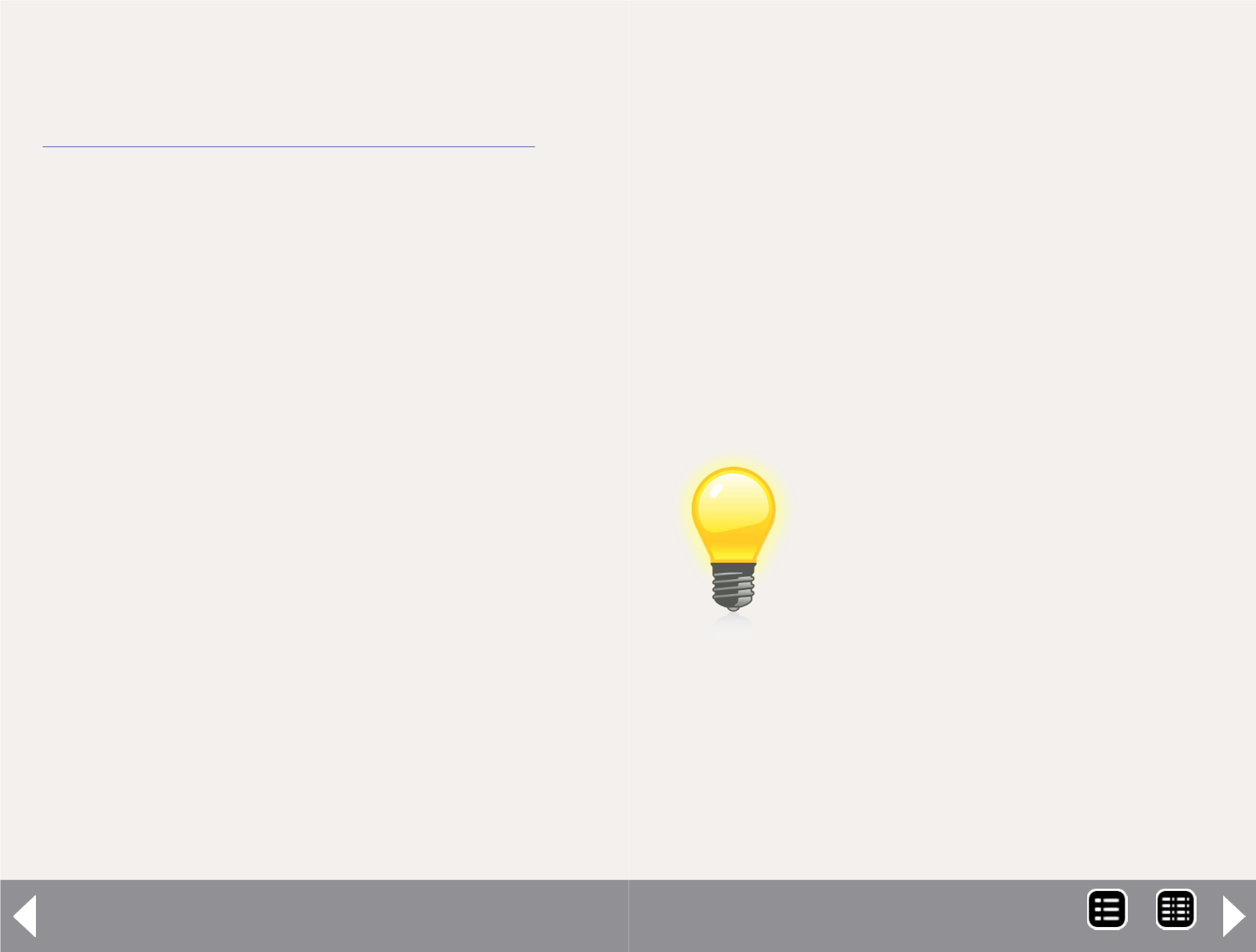
Questions, Answers & Tips - 3
and cut it to fit inside the window openings. Krystal Klear is per-
fect for holding it in place.
Find the original GP40-2 article at:
– MRH
Helpers and DPUs
Q.
Last month you talked about helper engines and then
showed a picture of a distributed power unit (DPU). What's the
difference?
A.
Let me refer to my Union Pacific knowledge because names
and practices are different from one railroad to another, and
from one era to another.
A helper unit has its own crew and is added to assist a train for
a short distance – say from La Grande up to Kamela on the UP's
Blue Mountain grades in eastern Oregon.
At La Grande, a westbound freight needing help would stop.
The caboose or rear-end monitor would be removed, the
helper would couple to the last car on the train, and the pro-
tection would be added behind the helper. At the top of the
hill, the process would be reversed, with the helper cutting
off and the train being reassembled for the downhill trip to
Pendleton. The helper would head back east to La Grande, and
might help two or three trains in a shift. The same scenario
played out on any number of railroads.
A DPU lets a train tackle tough grades but also offers other
advantages for flatland railroading. Instead of having its own
crew, a DPU is controlled electronically from the cab of the lead
engine on the train. Instead of being cut in at the base of a hill,
it may run the length of a division or more. In the UP's case
in the Blues, a westbound DPU could be in the train from the
crew change point at Nampa, Idaho, all the way to Hinkle, Ore.
It could even be added farther east, near Pocatello, Idaho, to
help cope with adverse grades near Hammett and Glenns Ferry
in Idaho.
Having locomotives running at the same speed but distributed
throughout the train reduces the physical forces working on
the cars and coupler drawbars. In effect, fewer cars are being
pushed and pulled by each set of locomotives. Having loco-
motives mid-train, at the tail end, or both, also reduces the
amount of time needed to set and release brakes because cars
will be closer to the engine-borne compressors that maintain
the train line. UP cites a four to six percent fuel saving in trains
with power arranged as DPUs.
– MRH, UPRR.com
Paint bottle labels
Have you run into a problem with printed information
rubbing off your paint bottles? Useful information like the
paint color's name and stock number?
Some manufacturers are now using a stock label with the
basic information preprinted. When the bottle is filled, it
is labeled using an ink that smears or rubs off after the first
use or two.
TIPS
MRH-Oct 2013


